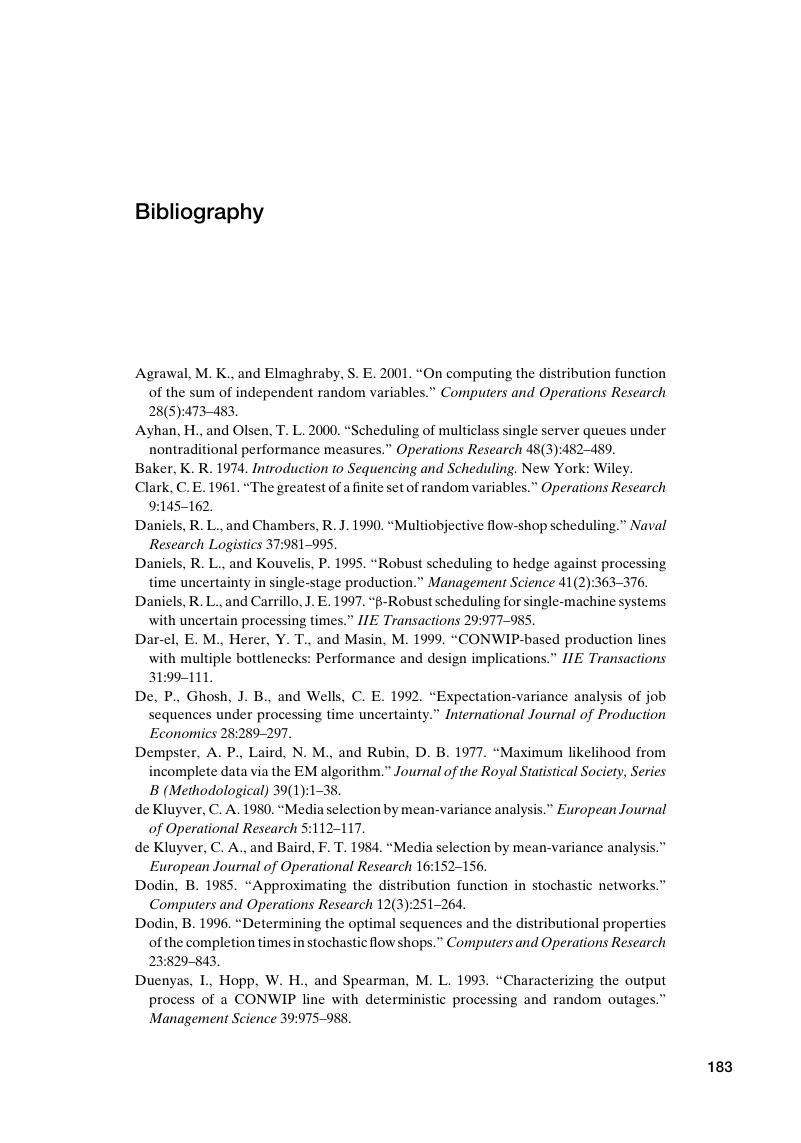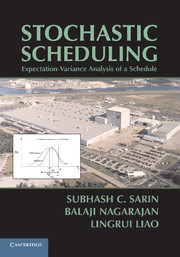Bibliography
Published online by Cambridge University Press: 05 July 2014
Summary

- Type
- Chapter
- Information
- Stochastic SchedulingExpectation-Variance Analysis of a Schedule, pp. 183 - 186Publisher: Cambridge University PressPrint publication year: 2010

